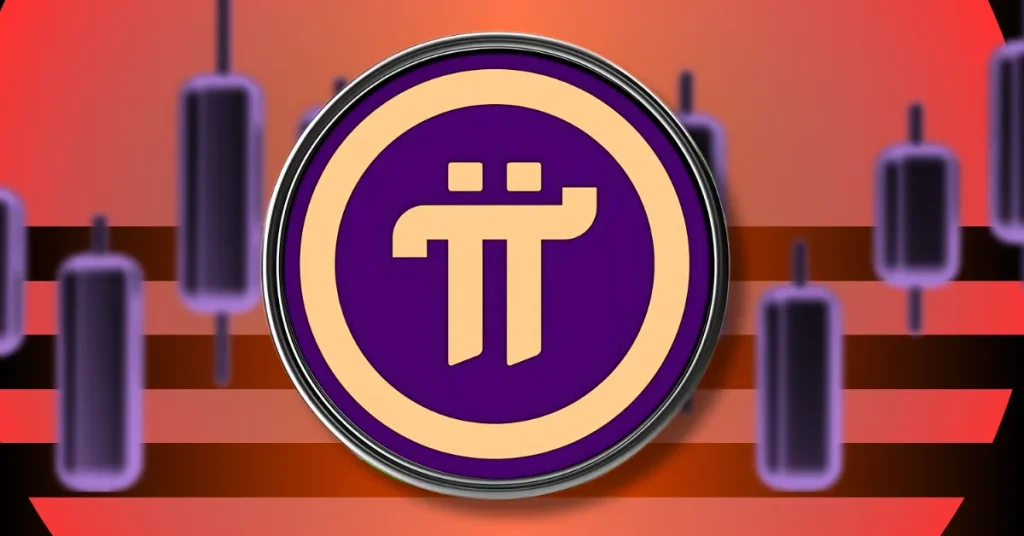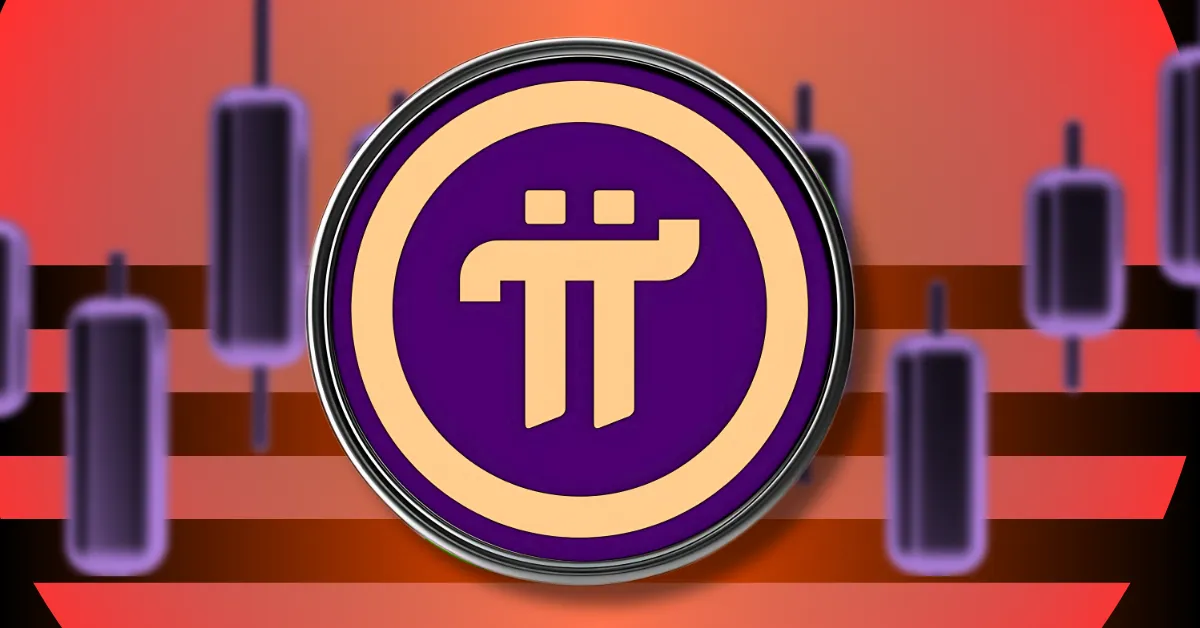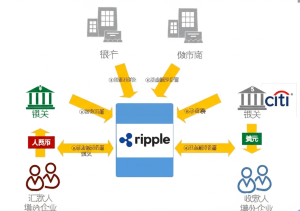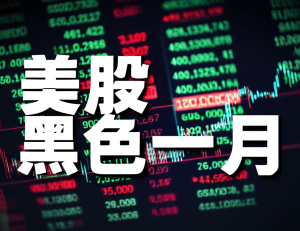
Pi Network: A Deep Dive into Its Current State and Future Prospects
The Enigmatic Appeal of Pi Network
Pi Network, a cryptocurrency project launched in 2019, has captured global attention by democratizing crypto mining through smartphone accessibility. Its mission to make cryptocurrency mining accessible to the masses has attracted over 40 million users worldwide. However, the project’s journey has been a mix of excitement and skepticism, leaving many to question its long-term viability.
As of July 2025, Pi Network operates in a unique state, functioning primarily within a closed mainnet with limited functionality. The “IOU” trading market on various exchanges adds another layer of complexity to its ecosystem. This report explores the current state of Pi Network, analyzing its price, market capitalization, recent developments, and potential future trajectory. By examining these factors, we can better understand whether Pi Network is a revolutionary project poised for success or a concept struggling to deliver on its initial promises.
Current Market Overview
As of July 7, 2025, the price of Pi Network’s “IOU” (PI) token fluctuates between $0.46 and $0.50. According to CoinMarketCap data, the live market cap stands at approximately $3.5 billion USD, ranking Pi Network around #30 among cryptocurrencies. The circulating supply is around 7.6 billion PI coins, with trading volume varying across exchanges, typically ranging from $4 million to $90 million in a 24-hour period.
It’s essential to note that the PI being traded on exchanges is an “IOU,” representing a promise to deliver actual Pi coins once the open mainnet launches. This distinction is crucial because the price of the IOU may not accurately reflect the future value of the actual Pi coin. The current trading dynamics are heavily influenced by speculation and market sentiment rather than real-world utility.
Recent Price Action and Volatility
Pi Network has experienced significant price volatility, with reports indicating price swings of over 20% in a single day. For example, CoinGape reported that the Pi Network price soared by over 22%, hinting at a potential rally to $3.14. However, other sources indicate a slump of over 5% in the PI price, dropping below $0.48.
This volatility is influenced by several factors:
Market Sentiment
News and updates about the project significantly impact investor sentiment, leading to rapid price changes. Positive developments, such as new partnerships or ecosystem expansions, can trigger bullish trends, while negative news or delays can cause sharp declines.
Trading Volume
Higher trading volumes can exacerbate price swings, especially in an “IOU” market with limited real utility. The lack of a fully functional mainnet means that trading is largely speculative, making the market more susceptible to sudden shifts in demand and supply.
Speculation
The lack of a fully functional mainnet and the uncertainty surrounding the actual value of Pi contribute to speculative trading. Investors are betting on the future success of the project, which can lead to erratic price movements based on rumors, announcements, and market trends.
Key Developments and Updates
The Pi Core Team has been actively working on the development of the Pi Network ecosystem. Recent updates include:
Pi App Studio
The rollout of the Pi App Studio is seen as a potential game-changer for the ecosystem, according to OKX. This platform aims to encourage developers to build applications within the Pi Network, fostering a vibrant and diverse ecosystem. The Pi App Studio could attract more users and developers, potentially increasing the utility and value of the Pi coin.
AI Partnerships and New Apps
Pi Network has been exploring partnerships with AI companies and developers to create innovative applications within its ecosystem. These partnerships could enhance the network’s functionality and attract more users. However, despite these positive developments, the price of Pi has remained relatively stagnant, raising concerns about the project’s momentum.
100-Day Update
Recent reports highlighted major milestones achieved in the first 100 days, including the launch of new projects and growth in the ecosystem. However, the price recovery of Pi Coin has been modest, indicating that the market may be waiting for more concrete developments before making significant price movements.
Challenges and Concerns
Despite the ongoing development, Pi Network faces several critical challenges:
Token Unlock
A significant token unlock event is expected in July 2025, with 276 million tokens potentially entering circulation. This could exert substantial sell pressure, estimated at $127 million, which might negatively impact the price, as reported by several sources. The influx of new tokens could dilute the value of existing coins, leading to a potential price decline.
Stalled KYC Process
Delays in the Know Your Customer (KYC) process continue to frustrate users and hinder the migration to the mainnet. A smooth KYC process is essential for ensuring the legitimacy of the network and enabling users to fully utilize their Pi coins. The prolonged delays have raised concerns about the project’s ability to deliver on its promises.
Core Team’s Silence
The lack of regular communication from the core team has fueled uncertainty and speculation within the community. Clear and consistent updates are crucial for maintaining trust and transparency. The absence of regular updates has led to a lack of confidence among investors and users.
Falling On-Chain Activity
Decreasing on-chain activity raises concerns about the overall health and engagement within the Pi Network. Active participation is vital for the long-term success of any cryptocurrency project. The decline in on-chain activity suggests that user engagement may be waning, which could negatively impact the project’s future.
“IOU” Trading Risks
Trading Pi “IOUs” carries inherent risks. Since these are not actual Pi coins, their value is purely speculative and dependent on the future success of the Pi Network. Investors could lose their money if the project fails to deliver on its promises. The speculative nature of “IOU” trading adds another layer of risk for investors.
Potential Future Scenarios
The future of Pi Network is uncertain, with several potential scenarios:
Successful Mainnet Launch
If the Pi Network successfully launches its open mainnet, completes the KYC process, and fosters a vibrant ecosystem of applications, the value of Pi could increase significantly. Factors such as exchange listings (e.g., Binance) and increased liquidity could drive the price higher, potentially reaching $150, $200, or more. A successful mainnet launch could also attract more developers and users, further enhancing the network’s value.
Stagnation and Decline
If the project fails to address the challenges mentioned above, such as the token unlock, stalled KYC, and lack of communication, it could stagnate or decline. In this scenario, the value of Pi could decrease, and the “IOU” market could collapse. The lack of progress could lead to a loss of investor confidence, resulting in a downward spiral for the project.
Token Burn
As suggested by some analysts, a token burn could help offset the challenges posed by token unlocks. By reducing the circulating supply, a token burn could potentially boost the price of Pi. However, the effectiveness of a token burn depends on the overall health and adoption of the network.
Continued Development and Adoption
The latest rollout of the Pi APP studio could be the game-changer for the overall ecosystem. If the Pi App Studio attracts a significant number of developers and users, it could drive the adoption and utility of the Pi coin, potentially leading to a sustained price increase.
Conclusion: A Cautious Outlook
Pi Network presents a fascinating case study in the cryptocurrency world. While its innovative approach to mobile mining and its large user base offer potential, significant challenges remain. The current “IOU” market is highly speculative, and the true value of Pi will only be revealed upon the successful launch of the open mainnet and the development of a robust ecosystem.
Investors should approach Pi Network with caution, carefully considering the risks associated with “IOU” trading and the uncertainties surrounding the project’s future. While the potential rewards are substantial, the risks are equally significant. Whether Pi Network will evolve into a successful cryptocurrency or fade into obscurity remains to be seen, but careful monitoring of its progress and a clear understanding of its challenges are essential for anyone considering involvement. The project’s future will largely depend on its ability to address the current challenges and deliver on its promises, making it a project worth watching in the coming months and years.





